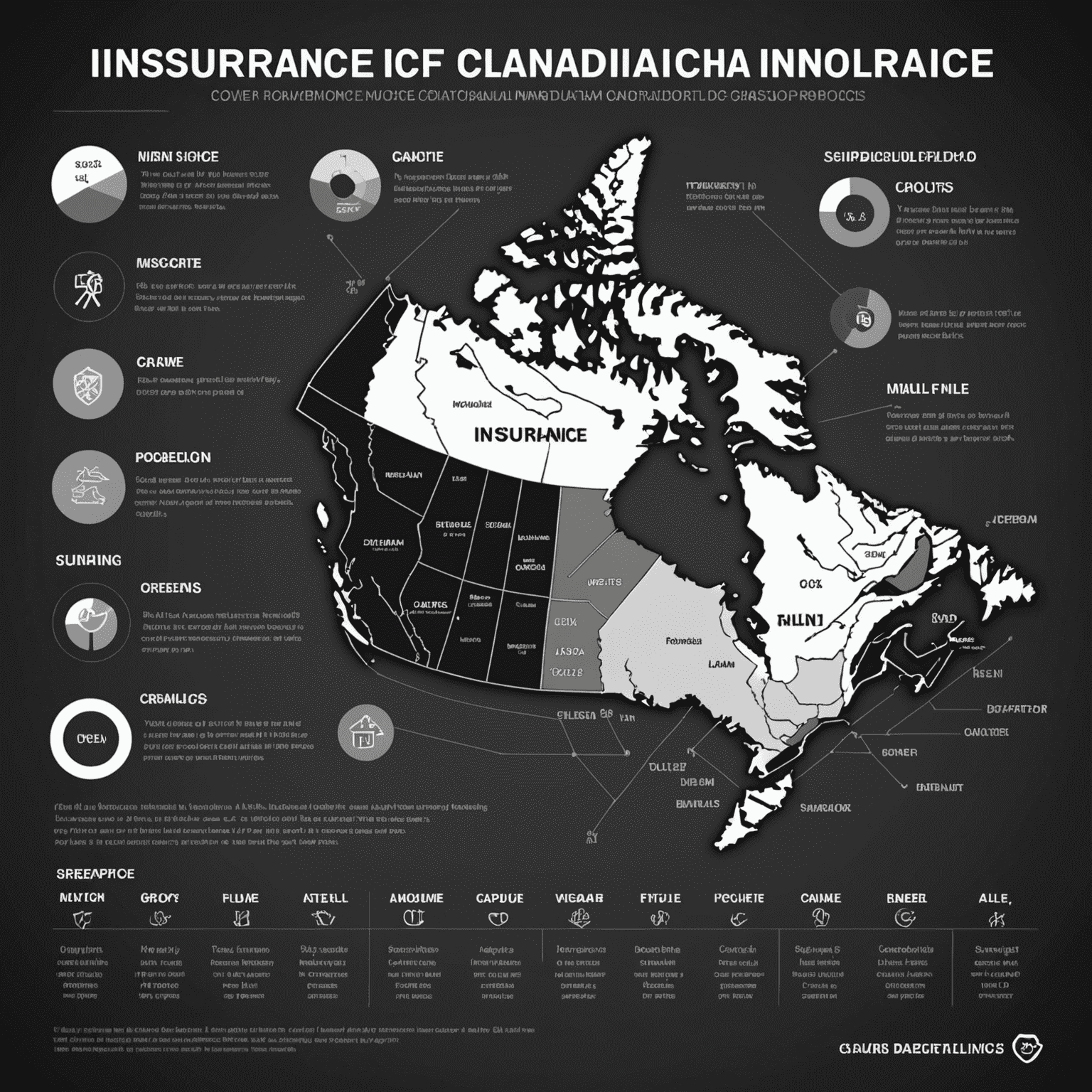Understanding No-Fault Insurance in Canadian Provinces

No-fault insurance is a crucial aspect of car insurance policies in many Canadian provinces. This comprehensive guide will help you understand how no-fault insurance systems work across different regions and how they affect your coverage.
What is No-Fault Insurance?
No-fault insurance is a system where each driver's insurance company pays for their client's losses, regardless of who was at fault in an accident. This system aims to reduce legal costs and speed up the claims process.
No-Fault Insurance Across Canadian Provinces
Ontario
Ontario has a hybrid no-fault system. While drivers deal with their own insurance companies for accident benefits, they can still sue for additional damages in cases of severe injuries.
Quebec
Quebec has a pure no-fault system. All bodily injury compensation is handled by the government insurance plan, while property damage is managed by private insurers.
British Columbia
British Columbia recently transitioned to a no-fault system in 2021, aiming to reduce insurance premiums and provide better benefits to accident victims.

How No-Fault Insurance Affects Your Coverage
Under a no-fault system, your insurance policy typically provides:
- Medical expense coverage
- Income replacement benefits
- Rehabilitation costs
- Attendant care benefits
However, the specific benefits and limits can vary by province. It's essential to understand your local regulations and calculate your insurance needs accordingly.
Pros and Cons of No-Fault Insurance
Advantages
- Faster claims processing
- Reduced legal costs
- Guaranteed benefits regardless of fault
Disadvantages
- Limited ability to sue for additional damages
- Potential for higher premiums in some cases
- Less control over the repair process

Calculating Your Insurance Needs
When determining your insurance needs under a no-fault system, consider:
- Your province's specific no-fault regulations
- Your income and potential loss of earnings
- The value of your vehicle
- Additional coverage options for enhanced protection
Remember, while no-fault insurance provides a baseline of coverage, you may want to calculate additional needs for comprehensive protection.
Conclusion
Understanding no-fault insurance is crucial for Canadian drivers to make informed decisions about their coverage. By familiarizing yourself with your province's system and calculating your specific needs, you can ensure you have the right protection on the road.